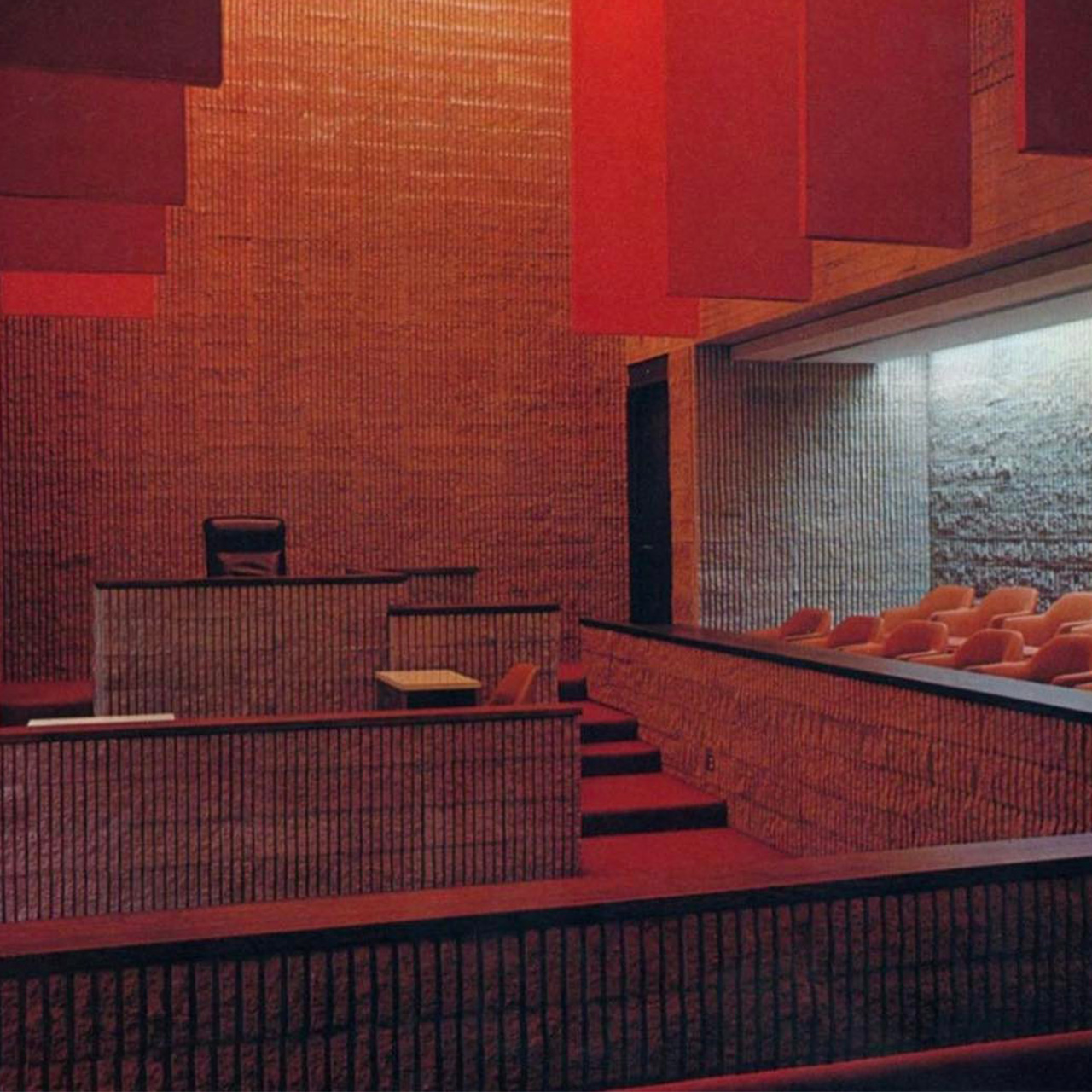The legal industry has long cherished an in-office culture where time and productivity are managed through presence. The size of the office represents seniority and recognition. The pandemic has definitely taken this industry out of its comfort zone and changed the ways of working. Change in work environments is needed to cover digitisation, optimal space utilisation, collaboration and flexibility.
A gradual change in work environments is now needed where challenges covering digitisation, optimal space utilisation, collaboration and flexibility require special attention. It also presents an opportunity for the legal industry to translate the values of its top talent into the work environment. Values such as equality, fairness, transparency, sustainability, personal contact, independence, and continuous learning.
Mobility
Mobile occupancy
Everyone in the organisation has the right to an enclosed workplace where they can concentrate or speak to clients in private. The traditional occupancy model is “fully assigned”, but as we are working more hybrid, this model no longer makes sense.
Law firms should explore alternative mobile occupancy models. Enter hoteling: an office management method where scheduling and booking workspaces are the way to work.
Avoid hierarchy-based
Work environments based on the hierarchy are not recommended as the quality of the work environment should not depend on ranking within the organisation. These are not sustainable either due to a large ecological footprint.
It boils down to everyone — yes, everyone — needing a high-quality workplace in order to thrive.
The paper problem
One must digitise in order to be mobile!
Many firms have taken some significant steps toward digitisation. However, we still see law firms struggling, and even fearing, to reduce their use of paper. But let me ease your mind a little.
Digitising does not necessarily mean “zero paper”. To some extent, paper will always be needed. The goal is to minimise where possible and to promote a conscious use of paper.
The benefits are endless! I’ll focus on some of the key ones for the legal industry below.
Independence
Working is no longer bound by place or time and becomes easily accessible. Your office can literally be anywhere at any time. Spain, perhaps?
Confidentiality
I once had a tax law firm client who made it clear at the start of our collaboration that they did not want to change their paper usage. I shocked them a little saying “in that case, I do not want to become your client”.
I clarified that the idea of having my files lying around on someone’s desk, or even the floor for that matter, did not promote confidentiality. On the contrary. I would feel safer knowing if my files were stored somewhere securely. A place where access can be controlled.
They turned digital ever since.
Contracts
But what about contracts and signatures? The question you should ask is: how often do you need the paper contract? Not often. It is remarkably easier and safer to scan and upload contracts, whilst archiving them securely. As a direct result, I noticed firms drafting up digital processes and procedures on how to deal with contracts.
Ecological footprint
Perhaps the most obvious one: physical storage and the use of paper are costly and bad for the environment — double trouble. It’s hybrid o’clock!
A stimulating work environment
Law firms have a lot to gain from a work environment adapted to the needs of highly educated employees and their social values.
High potentials are critical. The physical working environment must stimulate its workforce and mirror the organisation’s values. These values should align with the core of the younger generations in order to attract and retain the future of the organisation.
Stimulate collaboration and transfer of knowledge
The younger generation enjoys casual interactions with colleagues and spontaneously sharing knowledge at work. They are also glad to go to the office as they often don’t have the appropriate office set-up and climate at home.
In addition to a closed workplace, there is a need for informal and formal collaborative spaces for impromptu meetings or a quick case check with colleagues.
This transfer of knowledge strengthens the office’s range of services. It stimulates solid collaborations between the service lines. A varied offer of open and equipped collaborative or meeting facilities stimulates accidental and planned meetings. Greater involvement and a strong group atmosphere at the office are therefore ensured!
Stimulate community, health and care
A pleasant lunch area definitely contributes to a strong group feeling.
From the quality of the lunch area to the quality of the beverages and healthy snacks. These elements make a difference.
Care for a strong bonus in creating an environment of health and care? Try stimulating physical movement and exercise at work. A gym might come to mind, but there is way more you can do. What about standing desks or an inviting staircase to divert people from using the elevator? And my personal favourite: centralising the use of shared bins whilst getting rid of private wastebaskets under each desk. This will considerably elevate your workforce’s step count!
The question remains: can your organisation benefit from an independent partnership with us?
Opportunity Scan
We offer a free Opportunity Scan, in which we analyse your current office fit-out and estimate any cost optimisation opportunities. We can also include some initial insights on the required office space, budget and timeline to meet your needs.
Let’s talk about it.
Select your preferred day and time via our Opportunity Scan page.
We are looking forward to hearing from you.
All the best
BERNARD DE CORT
Senior Project Advisor | Partner
E: bernard.decort@tailorandfoster.com

